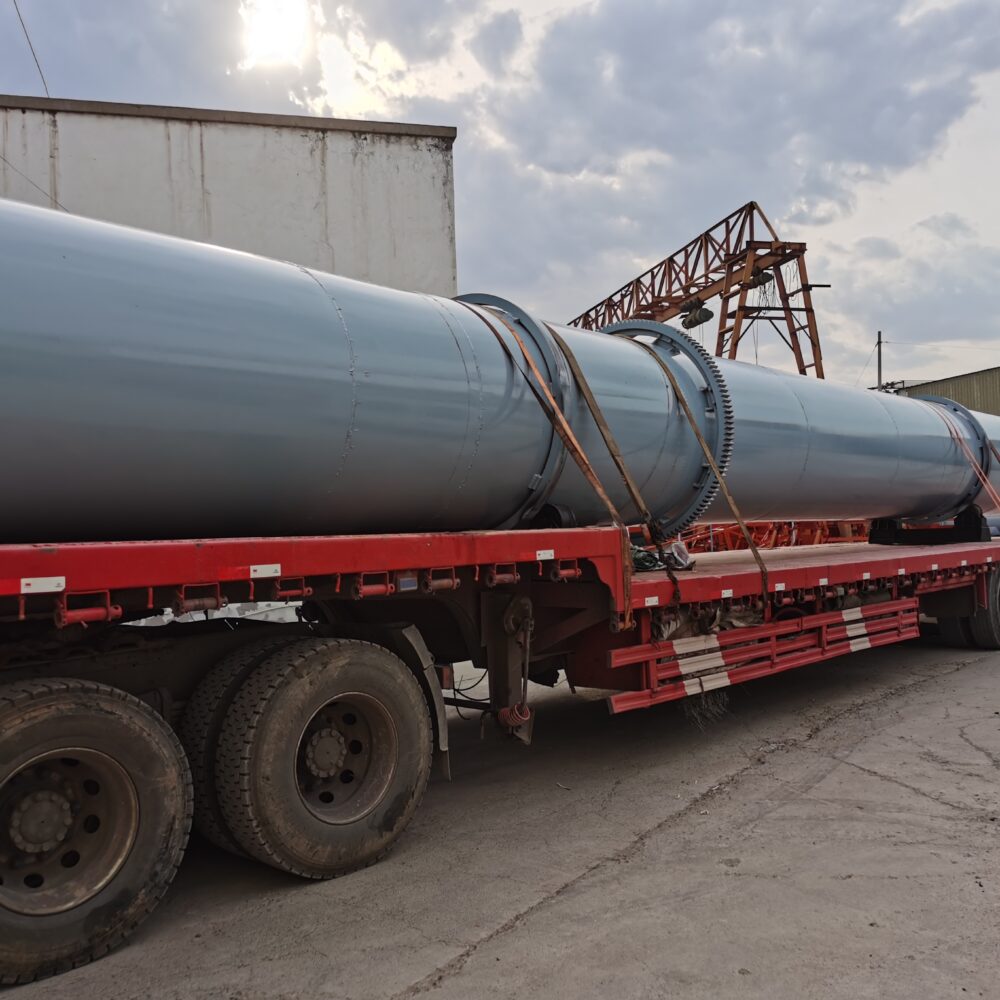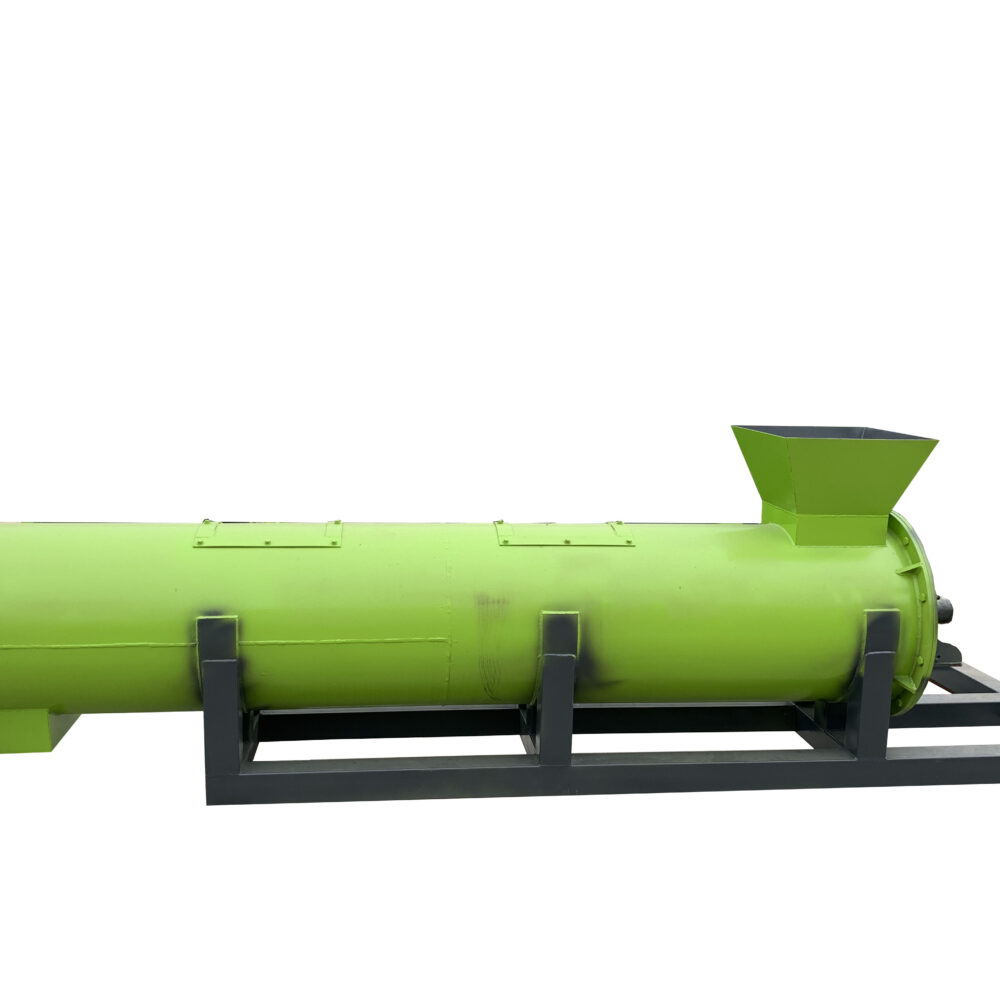In an industry where the global fertilizer market is projected to reach a staggering $300 billion by 2025, understanding the legal landscape surrounding fertilizer manufacturing machines becomes imperative. With such significant financial stakes, manufacturers must navigate a complex web of regulations that govern their operations.
Click to find more about fertilizer manufacturning machine.
The Regulatory Framework Surrounding Fertilizer Manufacturing Machines
Fertilizer manufacturing machines are not only pivotal in agricultural production but also come with specific legal and regulatory attributes. These machines must comply with various safety standards and environmental regulations aimed at minimizing their ecological impact. Additionally, intellectual property rights play a crucial role; copyright laws protect the unique designs and technological innovations embedded within these machines, ensuring that manufacturers can safeguard their proprietary technologies from infringement.
The Copyright Implications for Organic Fertilizer Dryer Machines

Organic fertilizer dryer machines represent a specialized segment within the broader category of fertilizer manufacturing equipment. From a copyright perspective, these machines often incorporate innovative drying technologies that enhance efficiency while reducing energy consumption. The unique software algorithms used in controlling temperature and humidity levels during the drying process may qualify for copyright protection as original works of authorship, thereby providing additional layers of security against unauthorized reproduction or use.
Xincheng’s Approach to Copyright Protection
Xincheng stands out in its commitment to protecting its intellectual property through robust copyright strategies. By meticulously documenting design processes and maintaining comprehensive records of innovation timelines, Xincheng ensures that it can assert its rights effectively should any disputes arise over potential infringements. Their proactive approach not only safeguards their current products but also lays down a strong foundation for future developments in fertilizer manufacturing technology.
Conclusion
In summary, fertilizer manufacturing machines operate under stringent legal frameworks that encompass both regulatory compliance and intellectual property protections like copyrights. As we continue to witness growth in this sector, understanding these legal attributes will be vital for manufacturers aiming to innovate while safeguarding their investments against potential risks associated with non-compliance or infringement.

